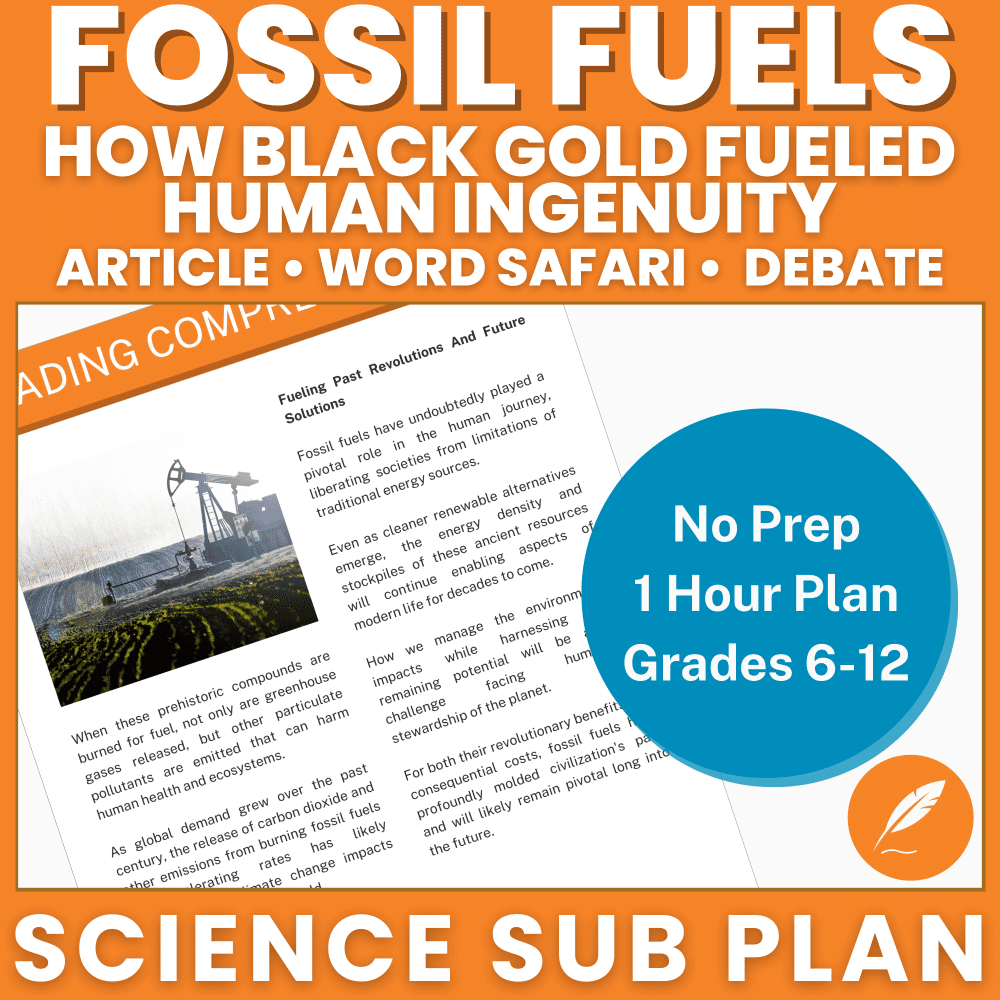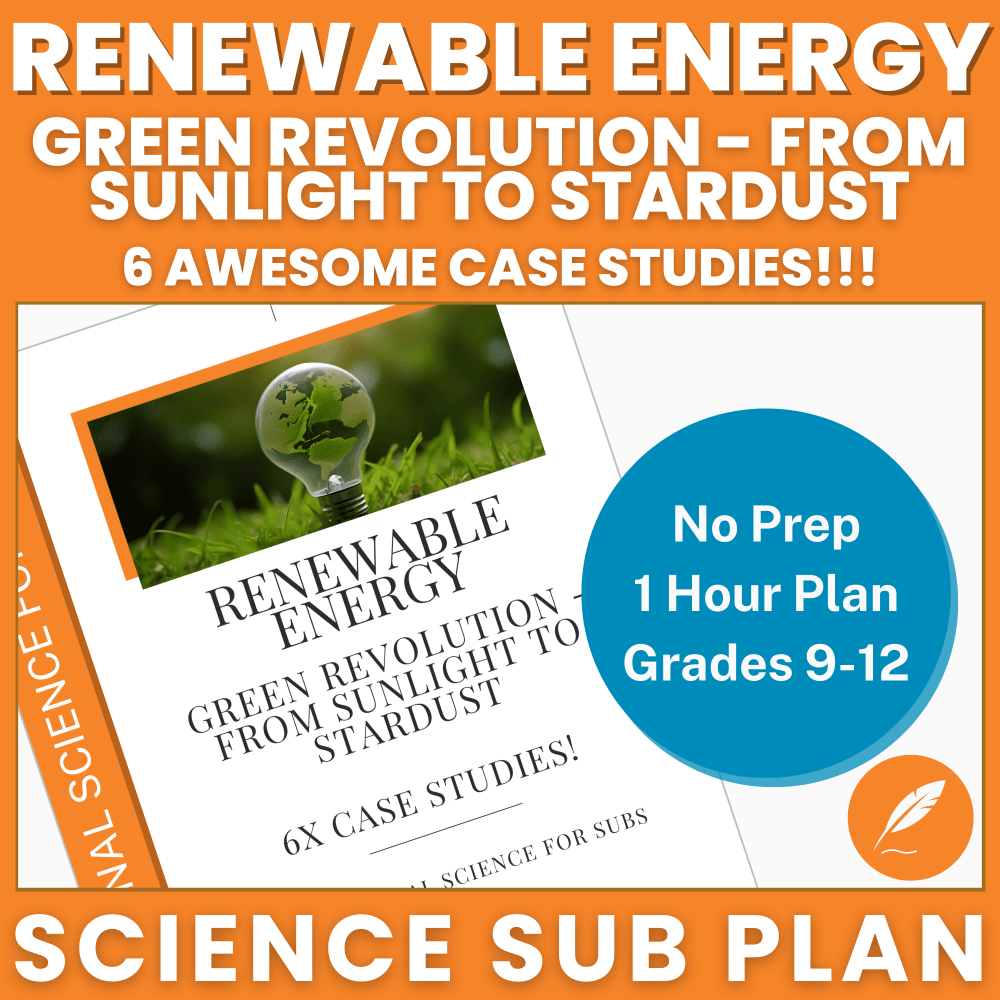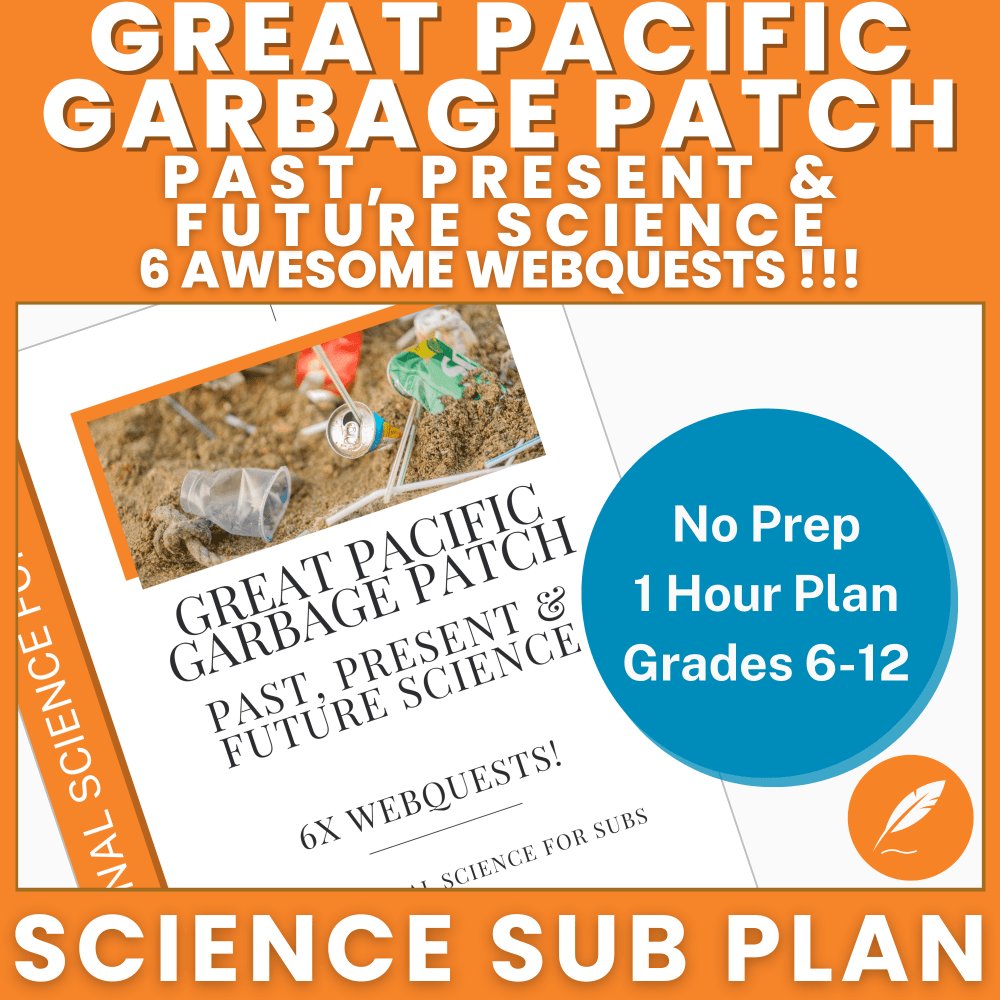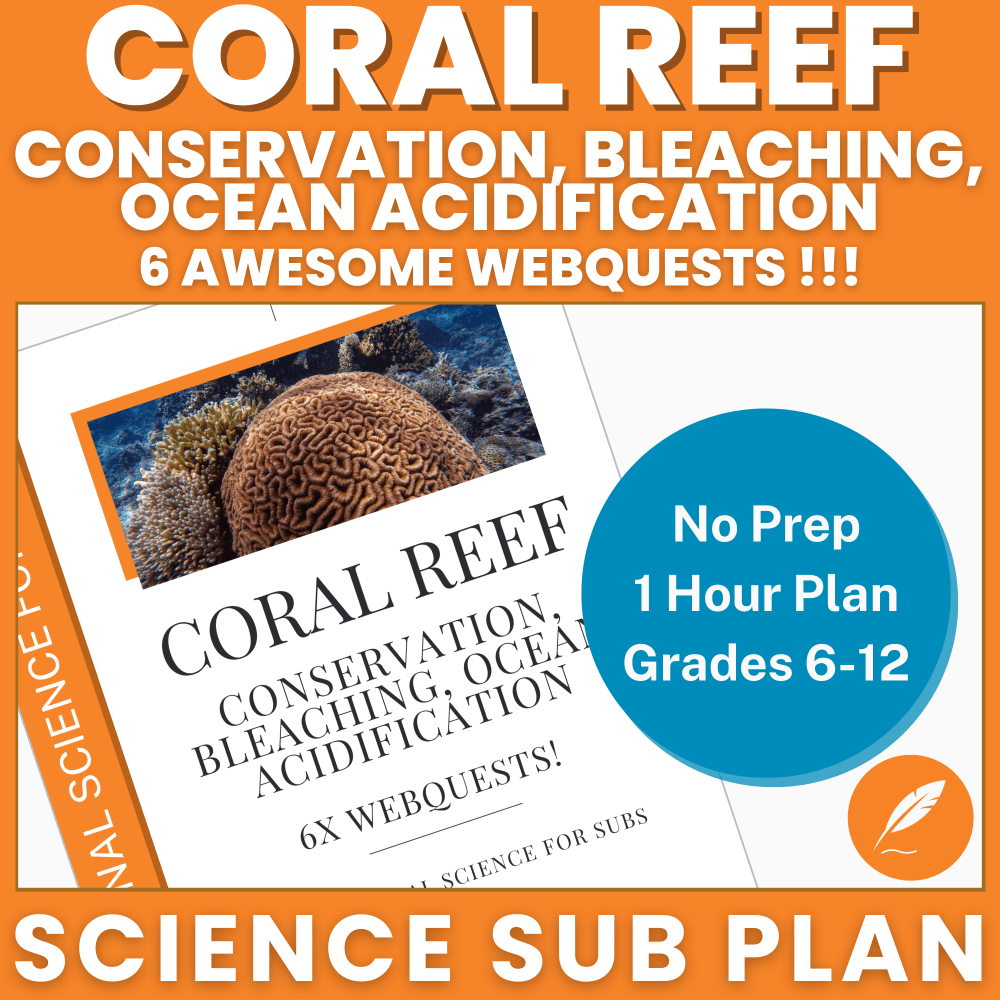Ever scratched your head wondering how to jazz up your science lessons? You're not alone! In the bustling world of education, it's easy to get stuck in a rut. But fear not, because today we're diving into three dynamite teaching tools that'll have your students on the edge of their seats. Articles, case studies, and WebQuests - each packs its own punch, but which one's the knockout for your classroom? Whether you're looking to save time or spark that "aha!" moment in your pupils, you're in for a treat. Ready to revolutionise your teaching toolkit? Let's get cracking! But wait, there's a twist...
More...
Understanding Articles in Education
Articles are the bread and butter of many science classrooms, but are you using them to their full potential? These nifty little packets of information can be a goldmine for teaching critical thinking and analysis skills.
What Makes Articles Tick?
Articles come in all shapes and sizes, from snappy news pieces to meaty research papers. They're brilliant for keeping your lessons up-to-date with the latest scientific discoveries. Plus, they're a fab way to show students how science applies to the real world.
Spicing Up Your Article Use
Don't just hand out articles and expect magic to happen. Try these tricks:
- Use articles as springboards for class debates
- Have students create mind maps to visualise key concepts
- Challenge pupils to write their own follow-up articles
Remember, the goal isn't just reading - it's about sparking curiosity and fostering those all-important analytical skills. With the right approach, articles can transform your science lessons from dull to dynamite!
Check out our Articles lesson plans on TPT - complete with Reading Comprehension, a Word Safari and Debate Topics!
Exploring Case Studies in Teaching
Case studies are like the detective novels of the educational world - they get your students' brain cogs whirring as they piece together clues and solve real-world puzzles.
The Power of Real-Life Scenarios
Case studies bring science to life by presenting actual situations or problems. They're perfect for showing how scientific principles apply in the messy, complicated real world. Plus, they're a top-notch tool for developing problem-solving skills.
Making the Most of Case Studies
Here's how to squeeze every drop of learning juice from your case studies:
- Use group work to encourage collaboration and diverse perspectives
- Implement role-play to help students see different viewpoints
- Challenge students to propose and defend their solutions
By using case studies, you're not just teaching science - you're training future scientists, engineers, and critical thinkers. It's like giving your students a sneak peek into their potential future careers!
Check out our Case Studies Lesson Plans on TPT - each has 6x dynamic Case Studies!
The Role of WebQuests in the Classroom
WebQuests are like the Swiss Army knives of educational tools - they're versatile, engaging, and perfect for our digital-native students.
What's All the Fuss About WebQuests?
WebQuests are inquiry-oriented activities where most or all of the information comes from the internet. They're fantastic for developing research skills, critical thinking, and digital literacy. Plus, they tap into students' natural curiosity and love of technology.
Crafting Killer WebQuests
To create WebQuests that'll have your students hooked:
- Choose topics that connect to students' interests or current events
- Include a mix of individual and collaborative tasks
- Incorporate multimedia elements like videos and interactive simulations
WebQuests aren't just about finding information - they're about transforming that information into knowledge. They're a brilliant way to teach students how to navigate the vast ocean of online information and come up with their own insights.
Check out our WebQuest Lesson Plans on TPT - complete with 6x WebQuests each!
Comparing Articles, Case Studies, and WebQuests
Now that we've unpacked each of these teaching tools, let's put them head-to-head. It's not about crowning a champion, but about understanding when each shines brightest.
The Strengths of Each Approach
Articles are ace for:
- Introducing current scientific developments
- Practising reading comprehension and analysis
- Quick, flexible lessons
Case studies excel at:
- Applying scientific concepts to real-world situations
- Developing problem-solving skills
- Encouraging collaborative learning
WebQuests are tops for:
- Building research and digital literacy skills
- Fostering independent learning
- Integrating technology into your lessons
Renewable Energy Teaching Bundle: Fossil Fuels to Green Power
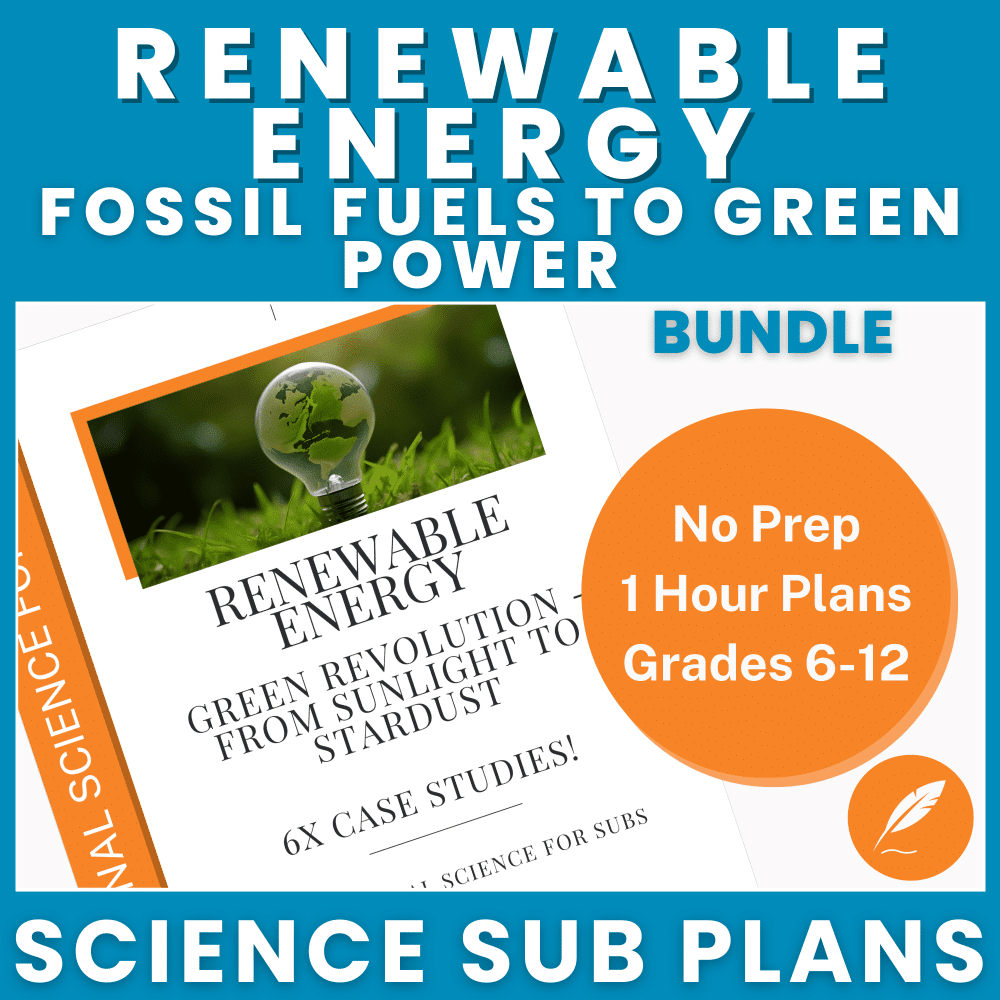
3x No Prep Lesson Plans
Unleash your students' inner Green Warrior with 3 Climate Change lesson plans: Fossil Fuels, The Great Pacific Garbage Patch, Renewable Energy
Lesson plans included:
Factors to Consider When Choosing a Method
Picking the perfect teaching tool isn't just about eeny, meeny, miny, moe. There's a bit more to it than that!
Know Your Students
First things first, think about your class:
- What's their age and ability level?
- Are they tech-savvy or more traditional learners?
- What topics really get them buzzing?
Time and Resources
Consider the practicalities:
- How much prep time do you have?
- What tech is available in your classroom?
- Are there any curriculum constraints to keep in mind?
Learning Objectives
Don't forget the end goal:
- What skills are you aiming to develop?
- Are you focusing on content knowledge or application?
- Do you want to encourage independent or collaborative learning?
Remember, there's no one-size-fits-all solution. The best method is the one that fits your students, your resources, and your teaching goals like a glove.
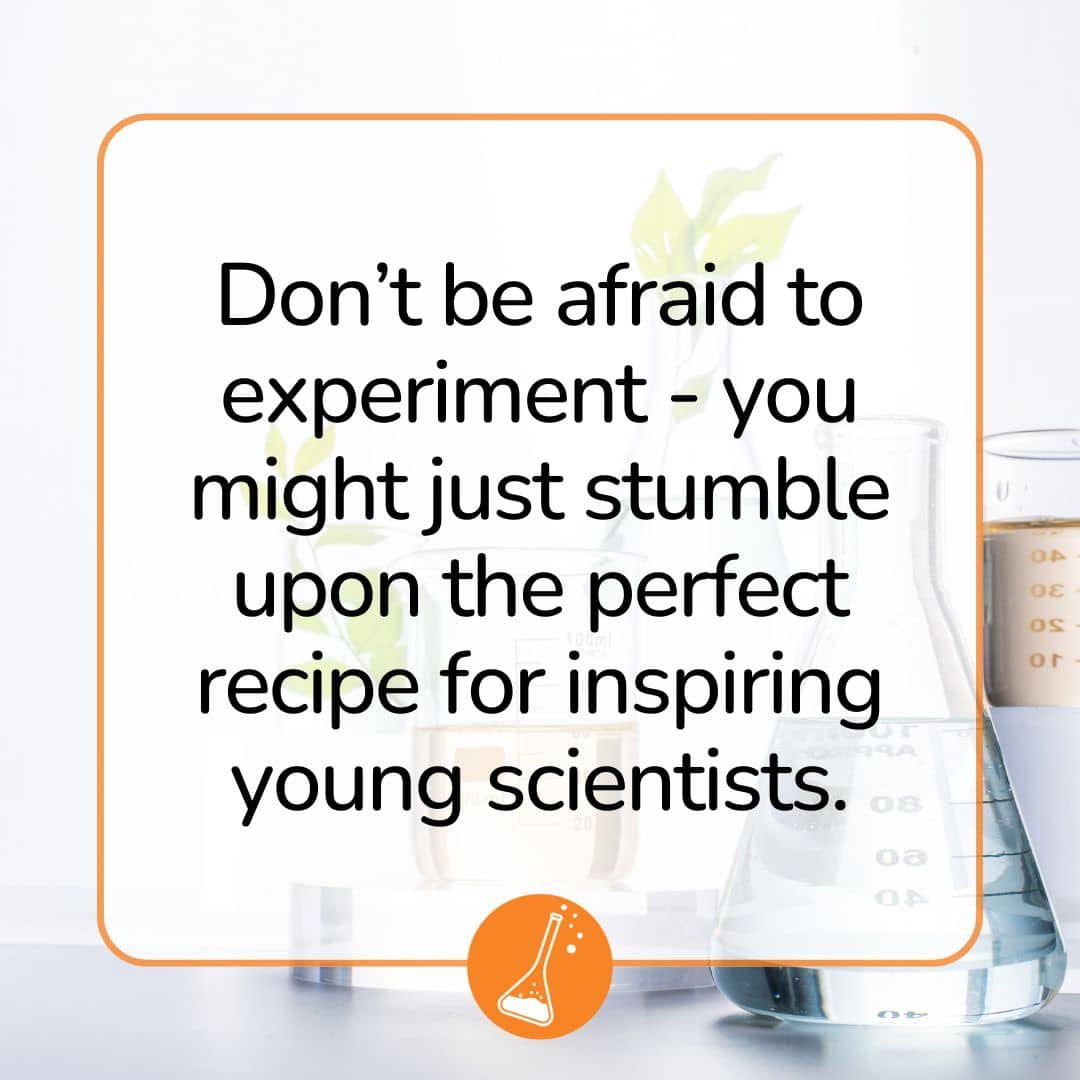
Check out our Coral Reef Lesson Plan on TPT - complete with 6x WebQuests - and learn about how our reefs are under threat from climate change!
Benefits and Drawbacks of Each Approach
Let's face it, every rose has its thorns. Each of these methods has its pros and cons, so let's break them down.
Articles: The Quick and Dirty
Pros
Cons
Case Studies: The Real-World Connectors
Pros
Cons
WebQuests: The Digital Dynamos
Pros
Cons
Want to enhance student engagement in your science classroom? Discover whether articles, case studies, or WebQuests are the best fit! 
Selecting the Right Method for Your Classroom
Alright, it's decision time! But don't worry, you're not signing a binding contract here. The key is to mix and match these methods to create a learning experience that's as unique as your classroom.
The Classroom Cocktail
Think of these methods as ingredients in your teaching cocktail. Sometimes you might want a straight-up article for a quick science news fix. Other times, you might blend a case study with a WebQuest for a more complex learning experience.
Listen to Your Teacher Spidey-Sense
You know your students best. If they're bouncing off the walls, maybe a hands-on case study is just the ticket. If they're glued to their phones, a WebQuest might be right up their alley.
Don't Be Afraid to Experiment
Teaching is part science, part art. Don't be scared to try new combinations. Maybe start with an article, then dive into a related case study, and finish off with a WebQuest for further exploration. The possibilities are endless!
Remember, the goal is to inspire a love of science in your students. Whether you're using articles, case studies, or WebQuests, what matters most is that you're sparking curiosity and fostering critical thinking. So go on, give these methods a whirl and watch your classroom transform into a buzzing hive of scientific discovery!

Enjoyed the article?
Summary
In a nutshell, articles, case studies, and WebQuests are all cracking tools for your science classroom. Articles keep things current and boost reading skills. Case studies bring real-world problems to life and sharpen critical thinking. WebQuests tap into digital savvy and foster independent learning. The best choice? It's not about picking a winner, but mixing and matching to suit your students and goals. Consider your class dynamics, available resources, and learning objectives. Don't be afraid to experiment - you might just stumble upon the perfect recipe for inspiring young scientists. Remember, whether you're dissecting articles, solving cases, or questing through the web, the aim is to ignite curiosity and nurture a love for science.

